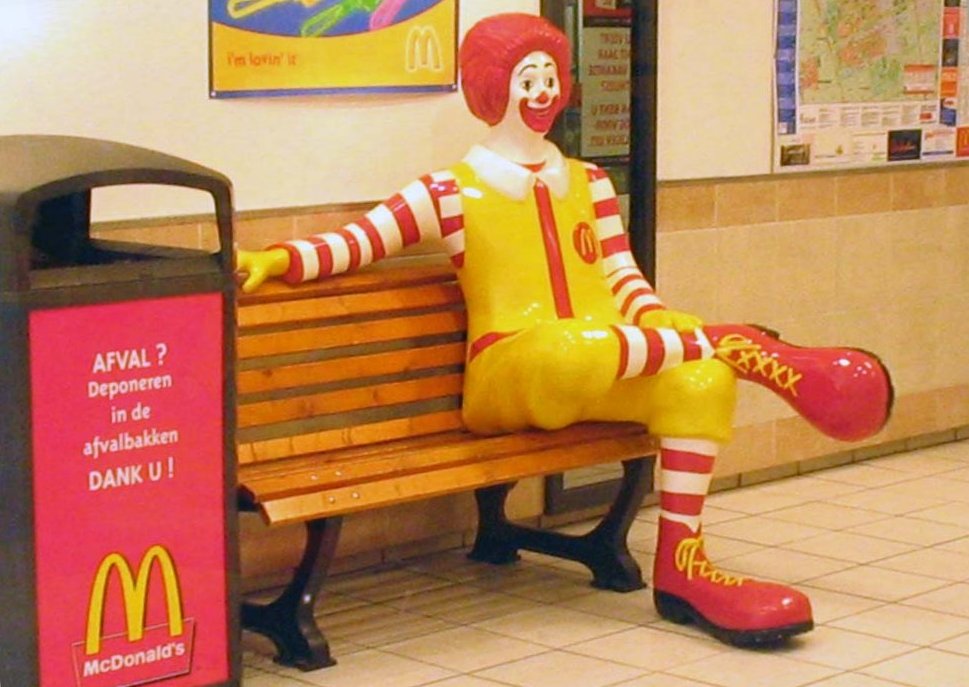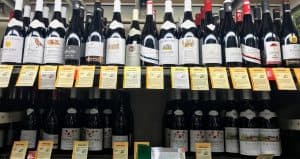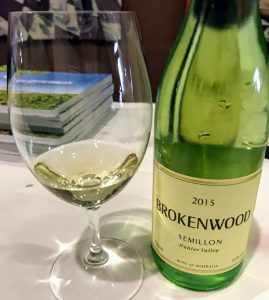
A big selling point for next year’s WBC will be the chance to explore more Hunter Semillons.
I’m back home from the 2018 Wine Bloggers Conference in Walla Walla. Next year’s event will in the Hunter Valley in Australia and I’m very tempted!
Over the next couple of weeks I’ll get back to posting 60 Second Wine Reviews and Geek Notes as well as a new edition of Keeping Up With the Joneses of Burgundy.
I’ll also have some extended write-ups from the conference so keep your eyes open for those. Till then feel free to check out the previous posts in my WBC18 series:
WBC18 Day 2 Quick Impressions
WBC18 Day 1 Quick Impressions
Getting Ready (and a bit nervous) For WBC18!
On to Day 3!
Breakout Session — Advanced Strategies for Facebook and Instagram
My other options for the morning sessions were How to Seal the Deal with a Kick Ass Media Kit and How to Craft a Compelling Professional Pitch which seem to be heavily tilted towards seeking paid promotions from wineries. Since I have little interest in those kind of gigs, I opted for this seminar hosted by Carin Oliver of Angelsmith, Inc.
I haven’t figured out what I’m doing with Instagram yet. I like pretty pictures as much as the next person but I get bored easily with bottle porn. Tell me something about the wine or vineyard beyond just “Yum!” or “Beautiful!”.
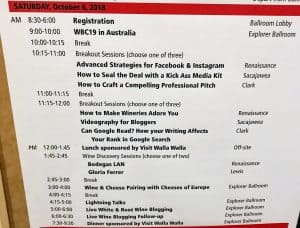
The “How to Make Wineries Adore You” session also didn’t seem like my calling.
I was hoping that Oliver’s talk would show me the value of Instagram as well what’s the best use of Facebook. While she gave great insights on how Facebook treats blog and business pages, I quickly realized that her talk was geared towards “influencers” who want to make themselves marketable to wineries. Again, that’s not me.
Can Google Read? How your Writing Affects Your Rank in Google Search
This was an awesome session! John Cashman and Nancy Koziol (The Oethical Oenologist) of Digital Firefly Marketing gave a terrific presentation that was the most fruitful of the entire conference.
Around 2/3 of my traffic comes from search engines so I was eager to learn how that happens. Cashman and Koziol explained search engine optimization and the current understanding of how Google analyzes and ranks pages. But the best part was Koziol’s section on how to be a better writer and make your posts more readable.
You can check out the presentation yourself here!
Bubbles & Bites With Gloria Ferrer
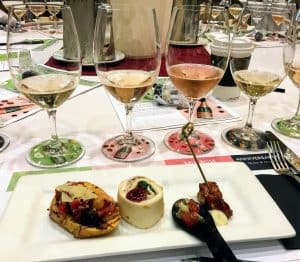
The old adage that American wine drinkers “Talk dry but drink sweet” has a lot of truth to it. The sweet Bruts of Gloria Ferrer fit that bill very well.
It probably wasn’t the best idea to schedule this session after lunch but sommelier Sarah Tracey (The Lush Life) did a great job of pairing Gloria Ferrer sparklers with various nibbles.
I wasn’t thrilled with the wines as the Gloria Ferrers were on the sweeter side of Brut with 12.2 g/l residual sugar (2010 Anniversary Cuvee $45) to 12.8 g/l (Rose $29). While the US and EU allows up to 15 g/l under the Brut category, in Champagne the limit is 12 g/l. Believe me, you can taste the difference.
Live White & Rosé Wine Blogging
I missed the Wine and Cheese Pairing with Cheeses of Europe and the Lightening Talks so I could finish yesterday’s Day 2 recap but I made it in time for the second round of chaotic blogging.
This style of blogging is still not my cup of tea but I was introduced to some awesome wines.
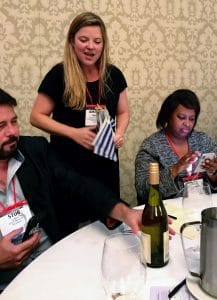
Amanda Barnes of Around the World in 80 Harvests presenting the Garzón Albarino.
1.) Bodega Garzón 2017 Albarino — An Albarino from Uruguay! This was a first for me and I totally geeked out over the differences between this and the Albarinos I had the day before from Rías Baixas. The Garzón was crisp but more rich in the mouthfeel with riper fruit flavors. It also didn’t have the trademark salinity of the Galcian Albarinos.
2.) Dr. Loosen 2016 Wehlener Sonnenuhr Riesling GG Alte Rebben — A super geeky old vine Riesling sourced from 100+ yr vines that are still planted on their own rootstock. Crisp and dry with only 6.9 g/l residual sugar, it was a welcomed contrast to the Gloria Ferrer “Brut” sparklers from earlier.
3.) Troon Vineyard 2017 Riesling — I actually got a “sneak peak” taste of this before the speed blogging which I really appreciated. This complex, orange wine-style Riesling merits way more attention than what could be given in 5 minutes. Sourced from biodynamically grown grapes in the Applegate Valley of Southern Oregon, this wine spent 2 weeks macerating with its skins before being fermented dry and aged in neutral oak barrels. Lots of interesting flavors that I don’t regularly associate with Riesling like cumin and saffron with cantaloupe rind. Great texture and mouthfeel with a long finish.
Final Dinner Sponsored by Visit Walla Walla
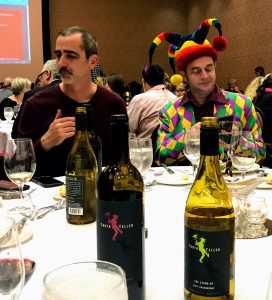
The Truth Teller and the Wine Lunatic, together at last!
The last event of the conference was a dinner with Washington winemakers at each table. My table got to enjoy the company of Chris Loeliger of Truth Teller Winery and Tim Armstrong of Armstrong Family Winery.
With a more intimate setting, it was great hearing behind-the-scenes anecdotes about what it’s like starting a winery and the challenges that come with it. Of course, those great stories also came with great wines with the Truth Teller Right Bank Bordeaux-style blend Satire and Armstrong’s Cabernet Franc being my favorites. Look for some upcoming 60 Second Wine Reviews on both.









